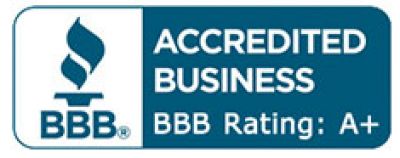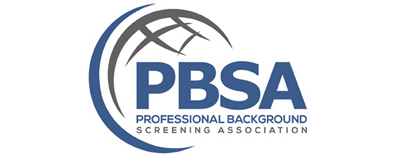Is Your Adverse Action Process Compliant?
March 22, 2023 | Compliance
So, you’ve narrowed down your candidate pool to the most qualified candidate for the job position and ordered the background check. This is the final step before hiring, and your candidate has been given a conditional job offer contingent on the results of the background report. Then the report comes back - and it has criminal history on it which may disqualify them from the position. What do you do? Has your Adverse Action Process had a recent health check? You may be surprised at how this process has evolved over the past few years, in light of EEOC Guidance, fair chance hiring laws, litigation trends, and case law. Your letters may even be in need of updating to include specific statements.
Adverse Action refers to the process required by the Fair Credit Reporting Act (FCRA) when an employer takes adverse action related to employment, based on information in the background check. This includes hiring, promotion, reassignment, demotion or termination. The FCRA requires the following steps:
- Pre-Adverse Action: A pre-adverse action letter should be sent to the applicant to notify them that the employer is considering taking adverse hiring/employment action. This letter is intended to give the consumer a chance to explain or dispute the information on the report. A copy of the consumer report and the Summary of Rights Under the FCRA must be included.
- Adverse Action: If the employer makes a final determination not to hire (or take other employment related action) then the employer should send the notice of Adverse Action to the applicant (after 5 business days). This is intended to give the consumer final notice that the adverse action has been taken. Specific statements are required.
- Enclosures: Some states require additional enclosures with the letters.
Many employers have settled into a comfortable process of meeting FCRA requirements to send the Pre-Adverse Action letter, followed by the Adverse Action letter 5 days later. But is that enough? How has the process evolved over the last several years?
Several new inclusions in the letters are now required as a result of EEOC Guidance and new fair chance hiring laws. It’s important for employers to understand the requirements in their city and state. For instance, employers in CA; MA; Montgomery & Prince George Counties, MD; NYC; Portland, OR; Philadelphia, PA; Austin, TX; Seattle, WA are required to list the specific items being considered in the employment decision. Some locations have additional fair chance language requirements, and some locations even extend the standard 5-day waiting period before sending the adverse action letter.
In 2012, the EEOC issued Enforcement Guidance on the Consideration of Arrest and Conviction Records in Employment Decisions Under Title VII of the Civil Rights Act of 19. This consolidated all previous guidance on the use of criminal records and offered new guidance. Perhaps the most important item introduced by the EEOC in their revised guidance, was the guidance for employers to conduct Individualized Assessments. This new step suggests the Pre-Adverse Action step may not be enough; employers should make additional efforts to find out about the circumstances surrounding the offense(s) being considered, to determine if the charges establish Job Relatedness and/or Business Necessity (JRBN). Employers are discouraged from using bright-line policies (automatic disqualifiers) and instead encourage consideration of individual circumstances. Whereas before a particular criminal charge may have been an automatic disqualifier, now it should be considered a caution to evaluate further.
Adverse Action compliance also continues to be a litigation trend, with several high-profile employers settling adverse action lawsuits in the last few years. With new litigation comes new best practices. One of the more prevalent cases is Manual et al v. Wells Fargo Bank, in 2015. A court held that Wells Fargo took adverse action with the first step (Pre-Adverse Action) when they graded the applicant as ineligible at that time. There were 6,254 individuals involved in this class action lawsuit and Wells Fargo settled for $12 million.
Case law tends more and more toward consumer-friendly views of the adverse action process. It’s important that your adverse action process is not automatic starting with the Pre-Adverse Action step. So, what does all of this mean? Employers may want to review their current process to ensure they are meeting all requirements and best practices in order to best protect their organization. Below is a summary of what that might look like:
- Check your letters to ensure compliance with your city and state
- Pre-Adverse Action Letter (Required by the FCRA)
- Individualized Assessment (EEOC Guidance)
- Make Final Hiring Decision (Manuel et al v. Wells Fargo Bank)
- Adverse Action Letter (Required by the FCRA)
Employers should talk with their CRA and ask for current sample Adverse Action letters and revise their process to include the Individualized Assessment step and documented final determination of hiring. Make sure your hiring staff is trained on the process and it is followed consistently. Reach out to your CRA for guidance and use legal counsel familiar with FCRA requirements and current trends in background checks.
« Back






